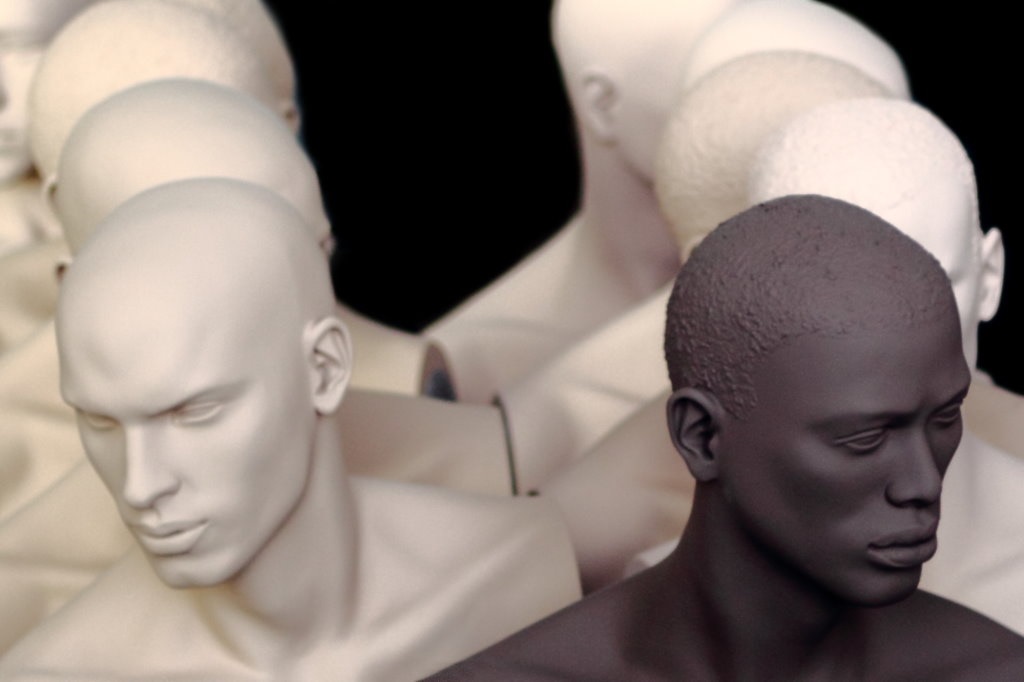
Photo: DryHundredFear (CC BY 2.0)
Lack of diversity in creative industries a business failure, says report
The Creative Industries Federation report into diversity in the workplace reveals that the sector is failing itself financially and socially by being inherently under-representative.
Large, small, public and voluntary arts organisations in the creative sector should urgently review their hiring practices and ban unpaid internships to be truly representative, advises a new report by The Creative Industries Federation. Failure to adequately represent women, disabled people and people from BAME (Black and Minority Ethnic) backgrounds is presented as both a social and financial weakness, and the report promotes a series of “routes to action” to remedy the situation.
The industry body, which lists equal opportunities among its priorities for the sector, released the report in partnership with McKinsey Consultants to highlight the business opportunities missed by having a homogenous workforce. The percentage of women employed in the creative industries is already under-representative and falling, from 37.1% in 2013 to 36.7% in 2014. The imbalance in the video game industry is particularly stark, where half of all gamers are women, yet only 14% of the workforce is female. Similarly, the sector is said to be losing out through its under-representation of Black and Minority Ethnic (BAME) workers: the disposable income among this group increased ten-fold from 2001-2011, and by 2050 more than one in four people are projected to be from the BAME population.
The report recognises, relatively speaking, that with 11% of workers coming from a BAME background, the creative industries as a whole – unlike the performing arts, with only 6% of workers from BAME backgrounds – is ethnically diverse. But it points out that the high concentration of creative economy jobs in the multi-cultural capital masks the true picture. If the same ratio were to be seen across the country, it says, nearly 18% of the workforce would be from a BAME background. AP’s analysis of figures released by the DCMS found diversity in the creative industries to be largely buoyed by people working in IT, software and computer services.
The report gives practical advice to arts bodies of various size and structure about how to diversify their organisations. It suggests changing the wording for job adverts, in order to move away from words such as “mature” which could discourage younger applicants; considering partnering with senior officials from other organisations, who would be in a position to “cast a fresh eye on corporate culture”; and banning unpaid internships. In all, the emphasis is on challenging both conscious and unconscious biases in hiring practices and removing financial and social barriers to access to ensure that a more varied range of applicants are in a position to apply and eventually do get selected.
Join the Discussion
You must be logged in to post a comment.